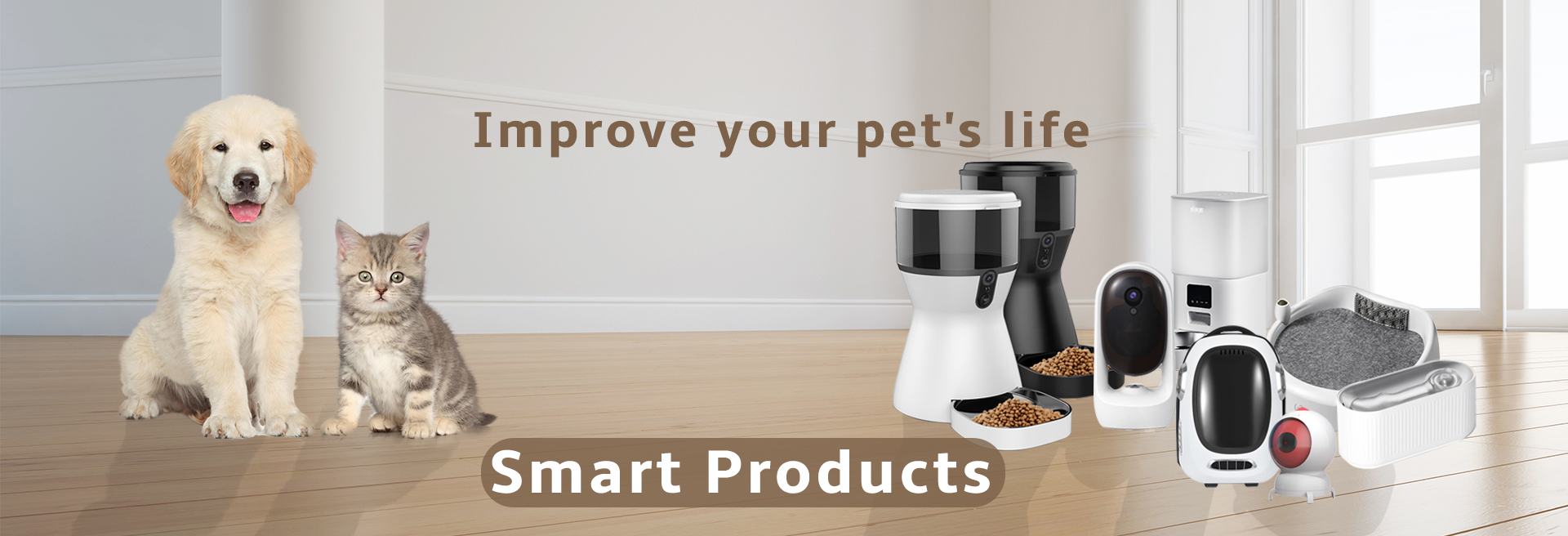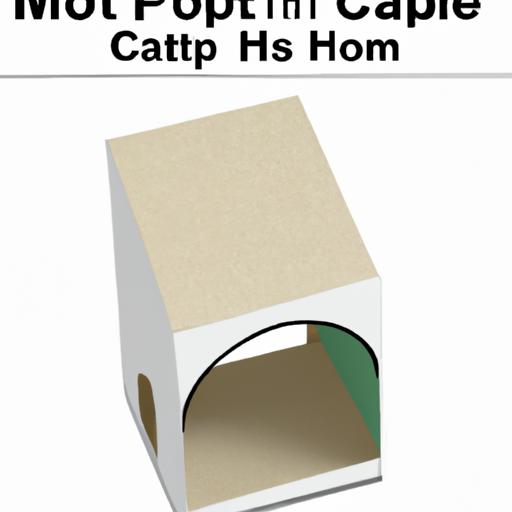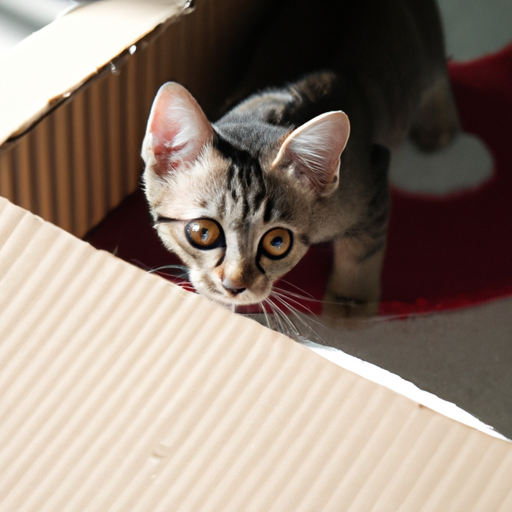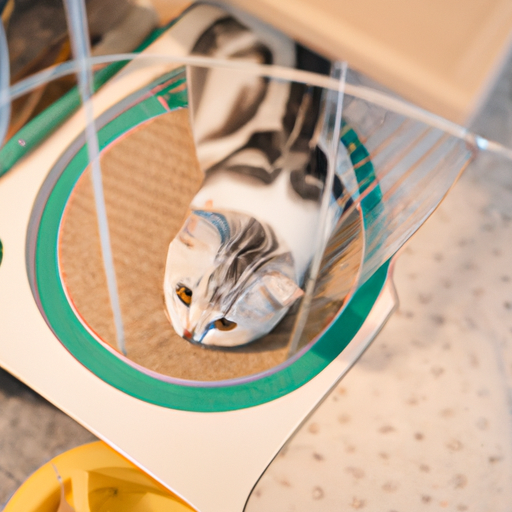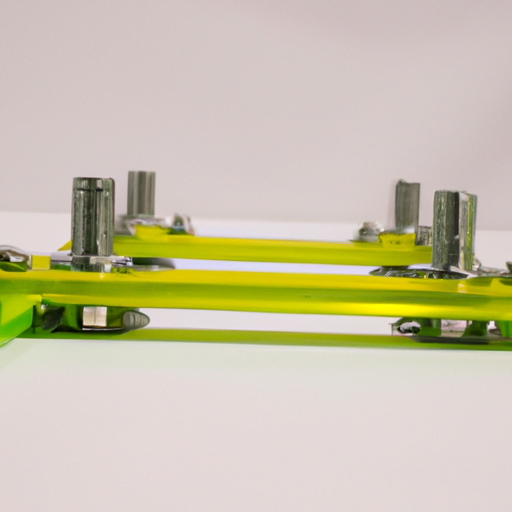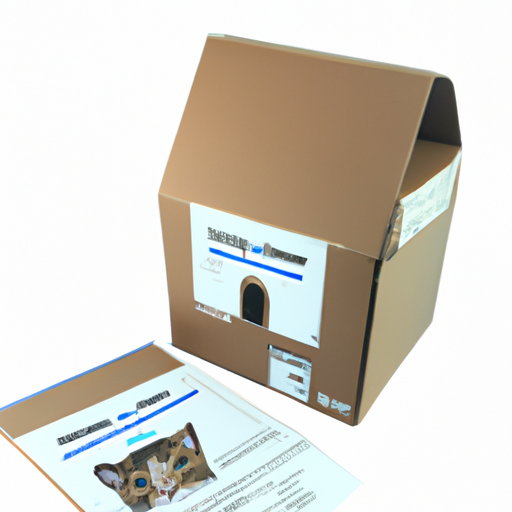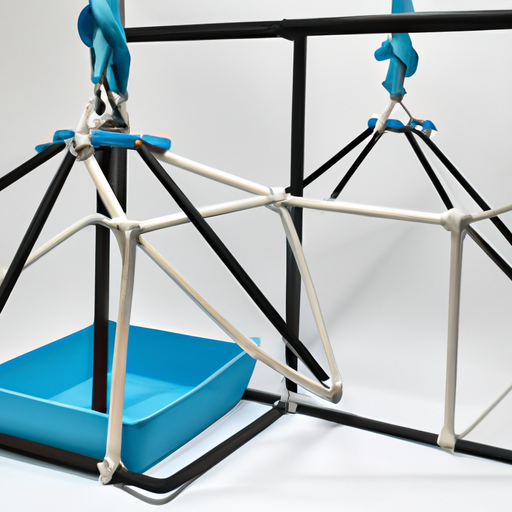What is the Price of the Popular Small Cat Climbing Rack Tutorial Model for Using Cardboard?
Introduction
In recent years, cat climbing racks have surged in popularity among pet owners, providing a fun and engaging way for our feline friends to exercise and explore their environment. These structures not only cater to a cat's natural instincts to climb and perch but also serve as a creative outlet for pet owners who enjoy DIY projects. One of the most accessible and cost-effective materials for building a cat climbing rack is cardboard. In this blog post, we will explore the benefits of cat climbing racks, the appeal of using cardboard, a detailed cost analysis, and a step-by-step tutorial for creating your own cardboard cat climbing rack.
Section 1: Understanding Cat Climbing Racks
1.1 Definition and Purpose
Cat climbing racks, also known as cat trees or cat towers, are structures designed to provide cats with vertical space to climb, scratch, and play. These racks can vary in size and complexity, from simple shelves to elaborate multi-level towers. The primary purpose of a cat climbing rack is to offer cats a safe environment to exercise, which is crucial for their physical and mental well-being. Climbing helps cats develop their muscles, while the exploration of different heights stimulates their curiosity and keeps them mentally engaged.
1.2 Types of Cat Climbing Racks
Cat climbing racks come in various materials, including wood, fabric, and cardboard. Each material has its own set of advantages and disadvantages:
Wood: Durable and sturdy, wooden racks can withstand heavy use but are often more expensive and require more complex construction.
Fabric: Soft and comfortable, fabric-covered racks can be appealing to cats but may not provide the same level of stability as wooden or cardboard options.
Cardboard: Lightweight and inexpensive, cardboard racks are easy to construct and customize, making them an excellent choice for DIY enthusiasts.
Section 2: The Appeal of Cardboard as a Material
2.1 Advantages of Using Cardboard
Cardboard is an attractive option for building cat climbing racks for several reasons:
Cost-effectiveness: Cardboard is readily available and inexpensive, making it an ideal choice for budget-conscious pet owners.
Lightweight and easy to manipulate: Cardboard is easy to cut, shape, and assemble, allowing for quick construction and modifications.
Eco-friendly and recyclable: Using cardboard promotes sustainability, as it can be recycled or repurposed once it has reached the end of its life.
2.2 Disadvantages of Cardboard
While cardboard has many advantages, it also has some drawbacks:
Durability concerns: Cardboard is not as durable as wood or other materials, which may limit the lifespan of the climbing rack.
Potential for wear and tear: Cats can be rough on their toys and climbing structures, leading to wear and tear over time.
Limitations in design complexity: While cardboard can be shaped into various forms, it may not support intricate designs or heavy loads.
Section 3: Cost Analysis of Cardboard Cat Climbing Racks
3.1 Breakdown of Material Costs
Creating a cardboard cat climbing rack is a budget-friendly project. Here’s a breakdown of the average costs associated with the materials needed:
Cardboard sheets: Depending on the size and thickness, cardboard sheets can range from $1 to $5 each. For a small climbing rack, you may need 3-5 sheets.
Additional materials: Glue, tape, and paint can add another $5 to $15 to your total cost, depending on the quality and quantity you choose.
Overall, you can expect to spend between $10 and $30 for a complete cardboard cat climbing rack, making it a highly affordable option.
3.2 Comparison with Commercial Options
In contrast, pre-made cat climbing racks can range from $50 to several hundred dollars, depending on the size, material, and brand. While store-bought options offer convenience and durability, they may not provide the same level of customization and creativity that a DIY project can offer. Additionally, building your own rack allows you to tailor the design to your cat's specific needs and preferences.
Section 4: Step-by-Step Tutorial for Building a Cardboard Cat Climbing Rack
4.1 Materials Needed
To build your own cardboard cat climbing rack, gather the following materials and tools:
Materials:
- Cardboard sheets (3-5)
- Strong adhesive glue or tape
- Optional: paint or decorative paper for customization
Tools:
- Utility knife or scissors
- Ruler
- Pencil
- Cutting mat (for safety)
4.2 Design Considerations
Before you start building, consider the following design tips:
Stability: Ensure that the base of the climbing rack is wide enough to prevent tipping. A stable structure is crucial for your cat's safety.
Height: Cats love to climb, so consider incorporating multiple levels. However, be mindful of the height to ensure it is safe for your cat to jump on and off.
4.3 Construction Process
Follow these step-by-step instructions to create your cardboard cat climbing rack:
1. **Cut the Cardboard**: Use a utility knife to cut the cardboard sheets into various shapes and sizes for platforms, ramps, and supports.
2. **Assemble the Base**: Start with a sturdy base by gluing or taping several layers of cardboard together. This will provide stability for the entire structure.
3. **Create Platforms**: Attach platforms at different heights using additional cardboard pieces. Ensure they are securely fastened and can support your cat's weight.
4. **Add Ramps**: If desired, create ramps between platforms for easy access. Make sure they are angled gently for your cat to climb comfortably.
5. **Decorate**: Once the structure is assembled, you can paint or cover it with decorative paper to make it visually appealing.
4.4 Customization Options
To make the climbing rack even more engaging for your cat, consider adding features such as:
Scratching posts: Wrap cardboard tubes or sections in sisal rope for scratching.
Hideaways: Create small enclosed spaces for your cat to retreat to, using cardboard boxes or tunnels.
Section 5: Maintenance and Longevity of Cardboard Climbing Racks
5.1 Care Tips
To prolong the life of your cardboard climbing rack, follow these care tips:
Cleaning: Regularly vacuum or wipe down the structure to remove fur and debris. Avoid using excessive moisture, as it can weaken the cardboard.
Inspection: Periodically check for signs of wear, such as frayed edges or soft spots, and reinforce or repair as needed.
5.2 When to Replace
Knowing when to replace your cardboard climbing rack is essential for your cat's safety. Look for the following indicators:
Visible damage: If the structure shows significant wear or has collapsed sections, it’s time to replace it.
Loss of stability: If the rack wobbles or feels unstable, it may no longer be safe for your cat to use.
When replacing, consider recycling or repurposing the old cardboard into new projects or crafts.
Section 6: Conclusion
Building a cardboard cat climbing rack is a rewarding and cost-effective DIY project that can enhance your cat's quality of life. Not only does it provide a space for exercise and play, but it also allows pet owners to express their creativity and resourcefulness. With a minimal investment of time and money, you can create a customized climbing rack that meets your cat's needs while also being environmentally friendly. So gather your materials, unleash your creativity, and enjoy the process of building a fun and functional space for your furry friend!
References
- [Cat Climbing Racks: Benefits and Options](#)
- [DIY Cat Furniture: A Guide to Building Your Own](#)
- [Sustainable Pet Projects: Eco-Friendly Ideas for Pet Owners](#)
This blog post serves as a comprehensive guide for pet owners interested in creating a cardboard cat climbing rack, providing insights into costs, construction, and maintenance while encouraging creativity and sustainability.
